Uplifting blog
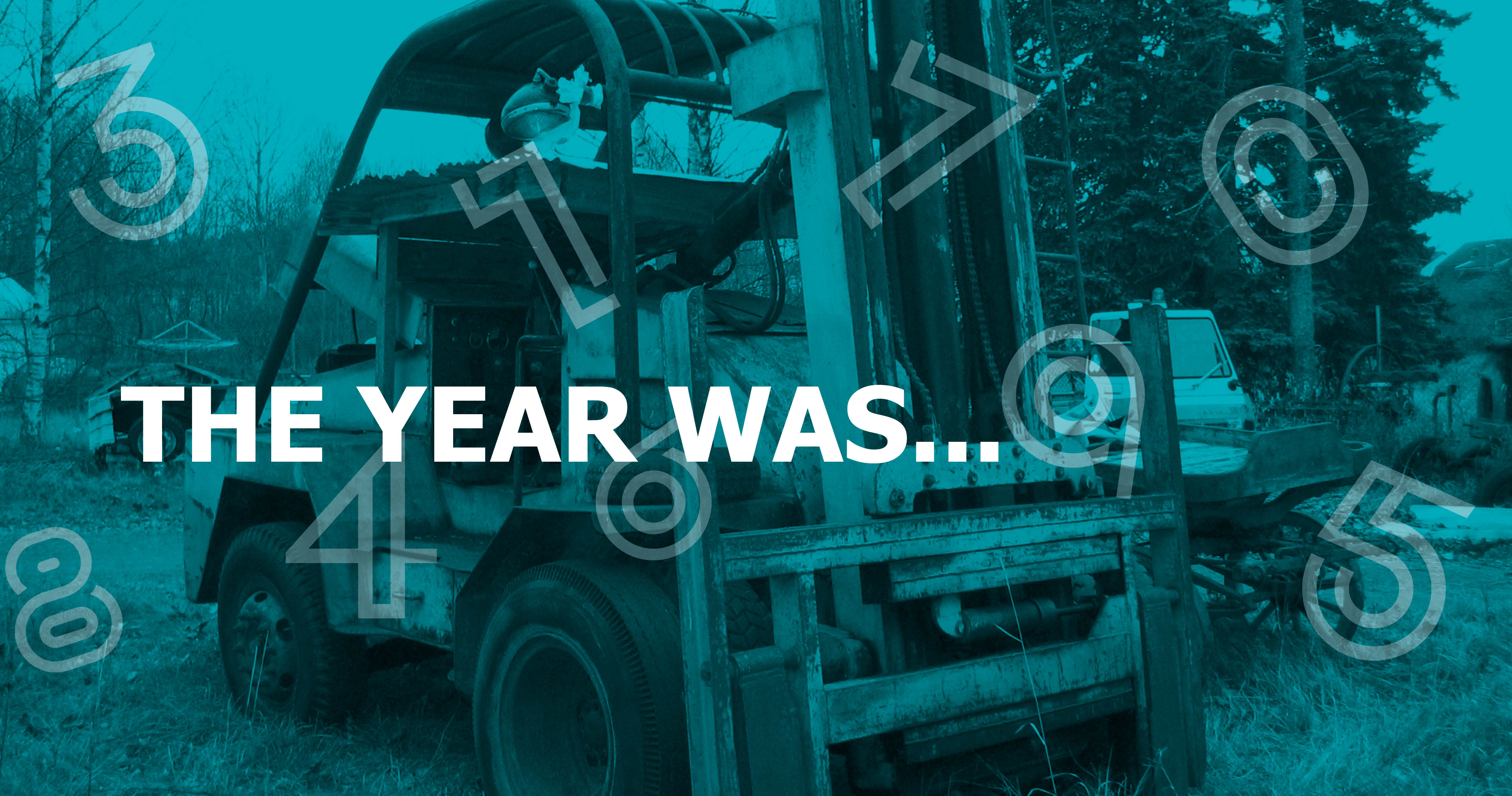
1956 – A new era of containerization
The shipping industry has been around for centuries, and during all those years goods were typically loaded onto ships in a variety of different sizes and shapes. This often resulted in inefficient use of cargo space and long turnaround times in port. Not until the 1950s did this old school method of goods shipping come to an end. All thanks to the innovative mind of American businessman Malcom McLean, who recognized the need for a more efficient way to transport goods. Enter the new era of containerization.
The idea of the shipping container
Malcom McLean started his career in 1935, by founding McLean Trucking Co in North Carolina together with his brother and sister. They bought their first truck and started to haul empty tobacco barrels and cotton bales. According to The Maritime Executive, Malcom got the idea of container shipping already in 1937:
“Suddenly it occurred to me: Would it not be great if my trailer could simply be lifted up and placed on the ship without its contents being touched?”
The idea stuck to the young Malcom, but it was not until the mid 1950s that he had the resources to fulfill his idea.
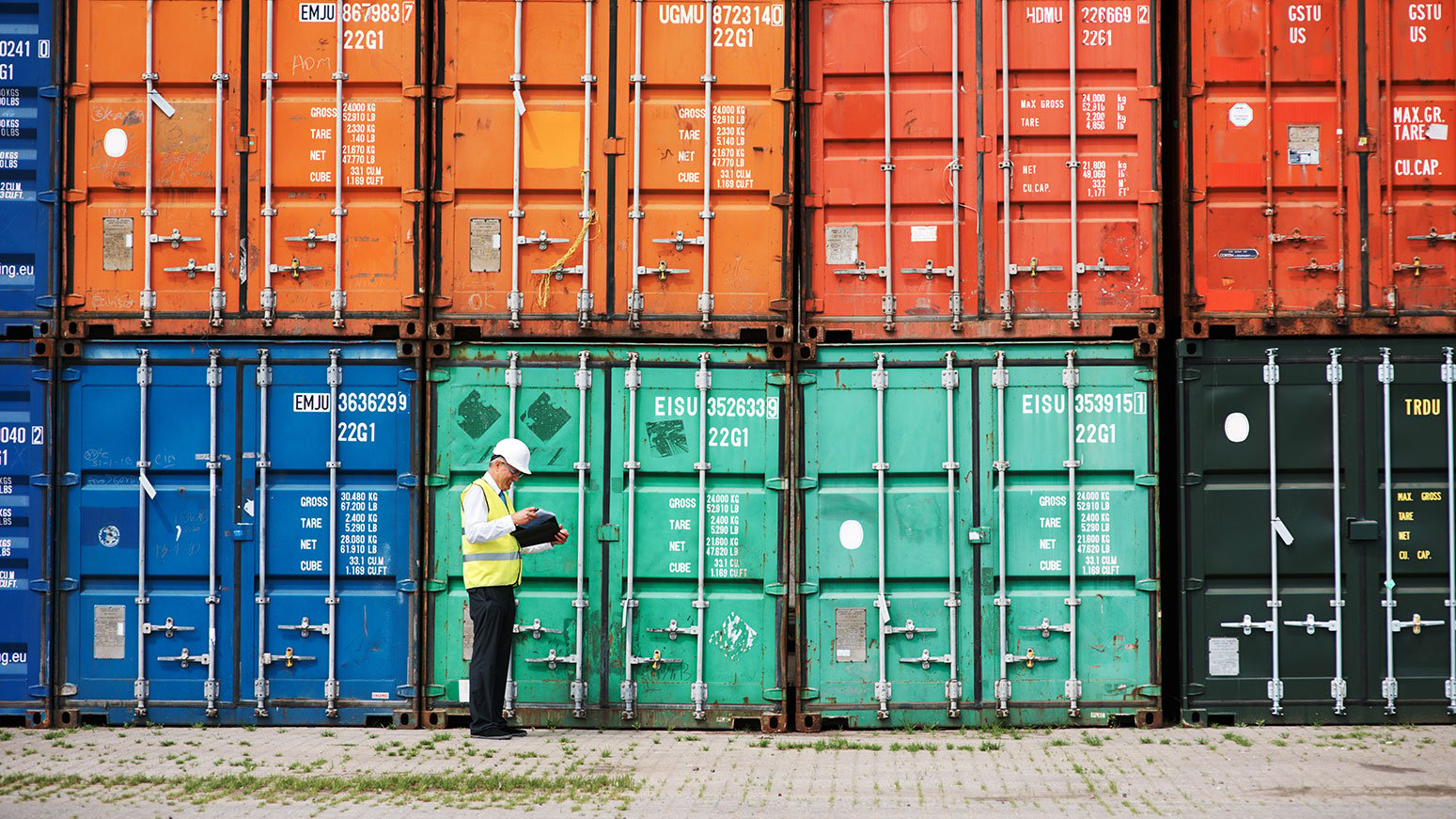
The first container ship
By 1952, Malcom was laborating with the idea of loading his trucks on ships. However, he realized that loading entire trailers on a ship would be inefficient as it would also mean a lot of dead space. Inspired by similar solutions in the rail industry, Malcom found that this broken stowage could be avoided if he only loaded the container, not the trailer chassis. This was the real insight that very soon would revolutionize the shipping industry.
With a bank loan to finance his idea, Malcom bought two World War II tankers and converted them to carry containers on and under deck. In 1956, his first container ship named the Ideal-X, traveled from Newark, New Jersey, to Houston, Texas. The ship was loaded with 58 35-foot shipping containers, each capable of holding up to 14 tons of cargo. This was a significant departure from the traditional method of loading and unloading cargo, which involved dockers manually handling individual items or bulk cargo.

Now, containers could be quickly and easily loaded onto ships and transported without having to be unpacked and repacked along the way. This resulted in faster shipping times, reduced labor costs, and increased cargo security. The difference was significant, reports from the time say that the savings were 36-fold. The future for containerized shipping was staked out.
Reach stackers as container handlers
During the first years many container sizes and systems were in use, but in the late 1960s the first standardizations were in place. This contributed to the development of specially adapted lift trucks for handling containers. Early lift trucks used in the shipping industry were relatively basic and consisted of a simple lifting mechanism attached to a truck chassis. However, as containers became larger and more standardized, lift trucks had to evolve to keep up with the changing needs of the industry.
The first reach stacker, as we know them today, saw the light of day in the late 1960s. The reach stacker became the standard for efficiently handling containers, and other companies soon started to develop and refine the technology.
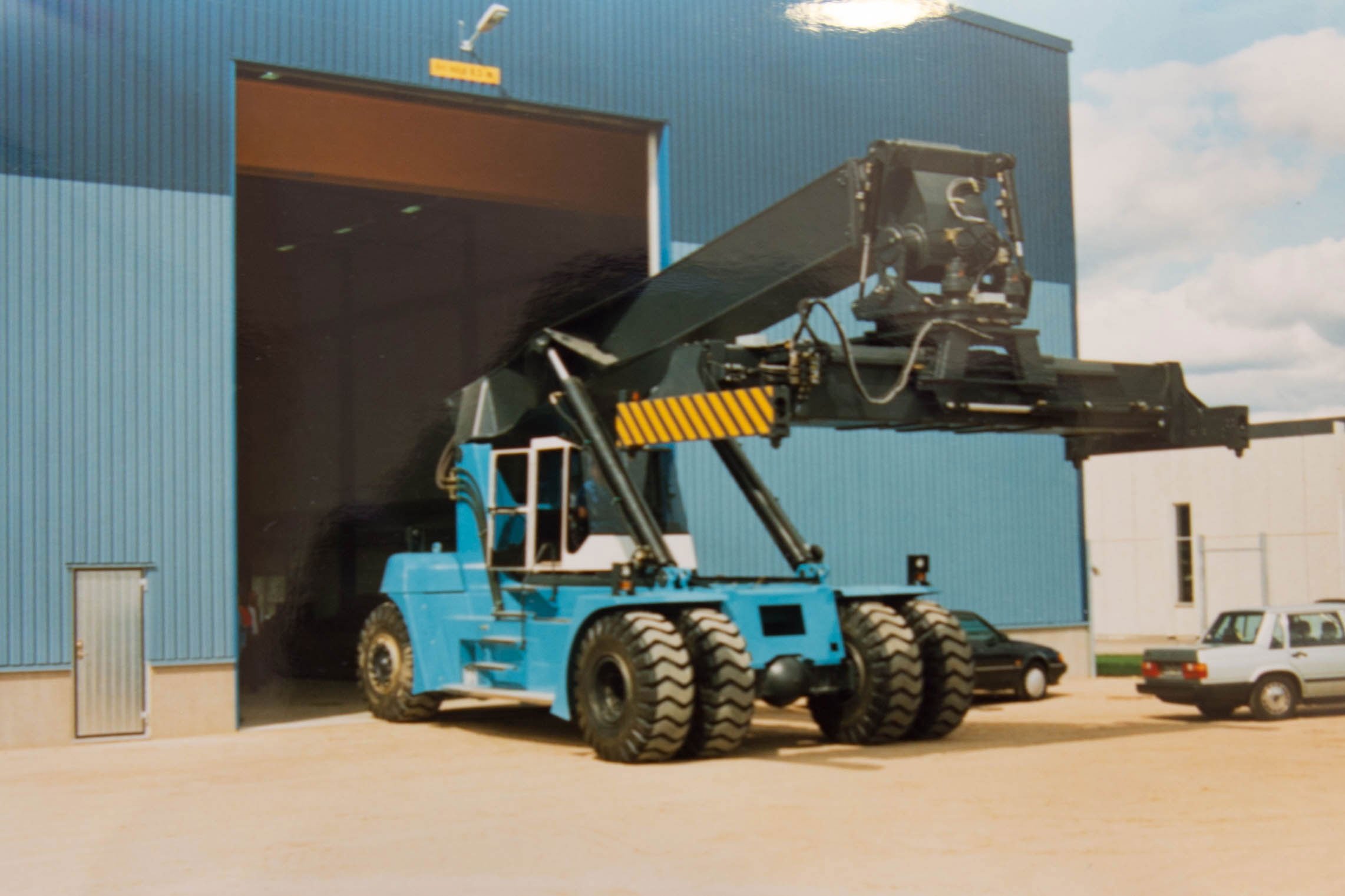 Our first reach stacker
Our first reach stacker
In 1995, SMV, the early ancestor to Konecranes Lift Trucks, presented their first reach stacker, model SC 4531 CA5. At the time, SMV did not want to start the product line from zero, and thus gave this first reach stacker machine number 5000. This particular reach stacker had a capacity of 45 tons and was capable of lifting containers from the top and trailers from the bottom. It was leased to Port of Gothenburg and was used for intermodal handling.
Since then, our line of world-class, heavy-duty reach stackers have contributed to the continued success of the company. Today we have reached Generation C, where our reach stacker models can run on HVO100 fossil-free fuel, contributing to reducing CO2 emissions by up to 90%. With a long history, Konecranes aim on continuing being a trusted partner to the industry also in a more sustainable future.
Related Articles
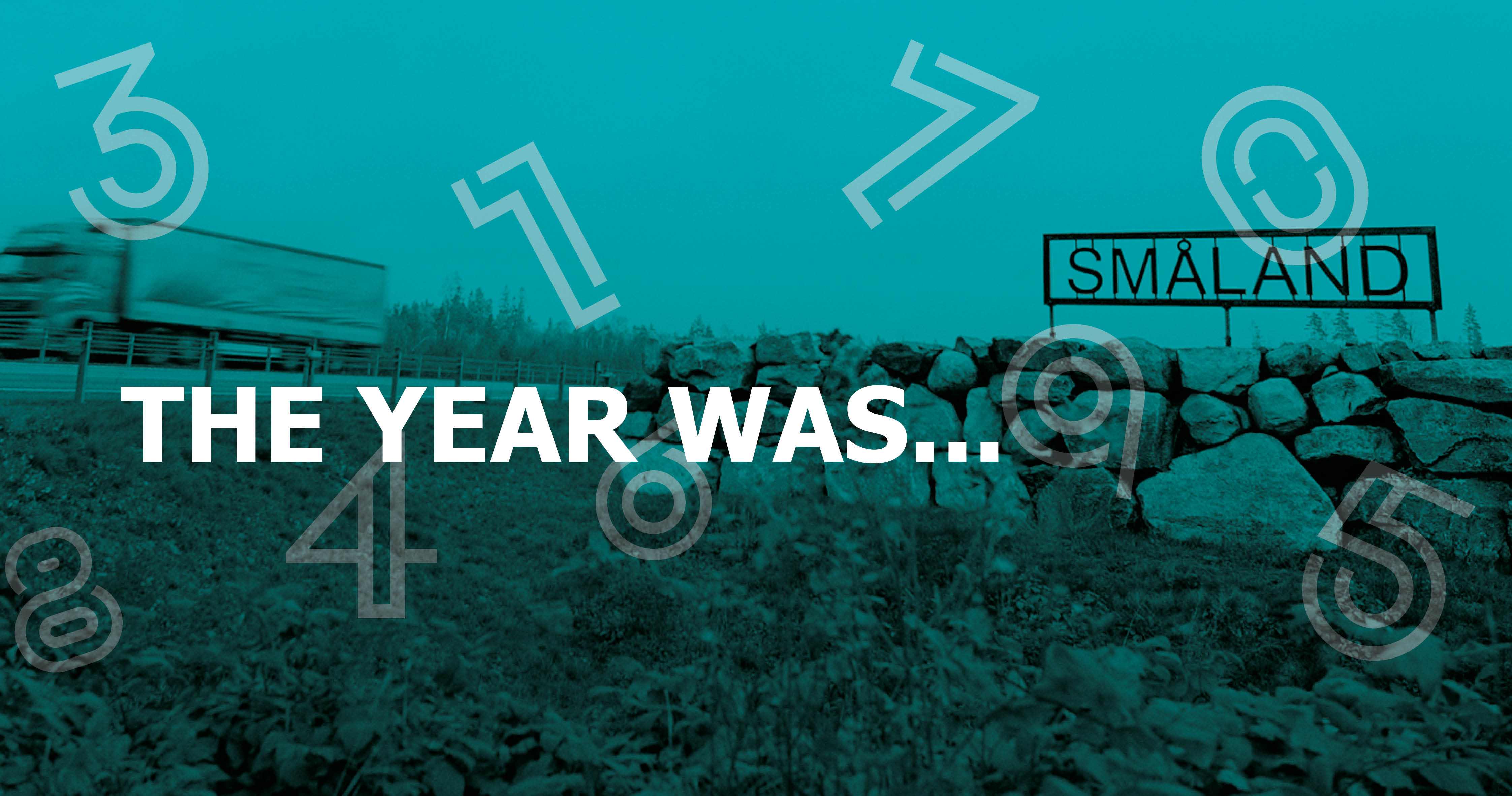
1959 – SMV builds its first lift truck in Småland
Småland in southern Sweden is characterized by its forests and tough stony landscape. In the 1940s,...
2 Minute Read
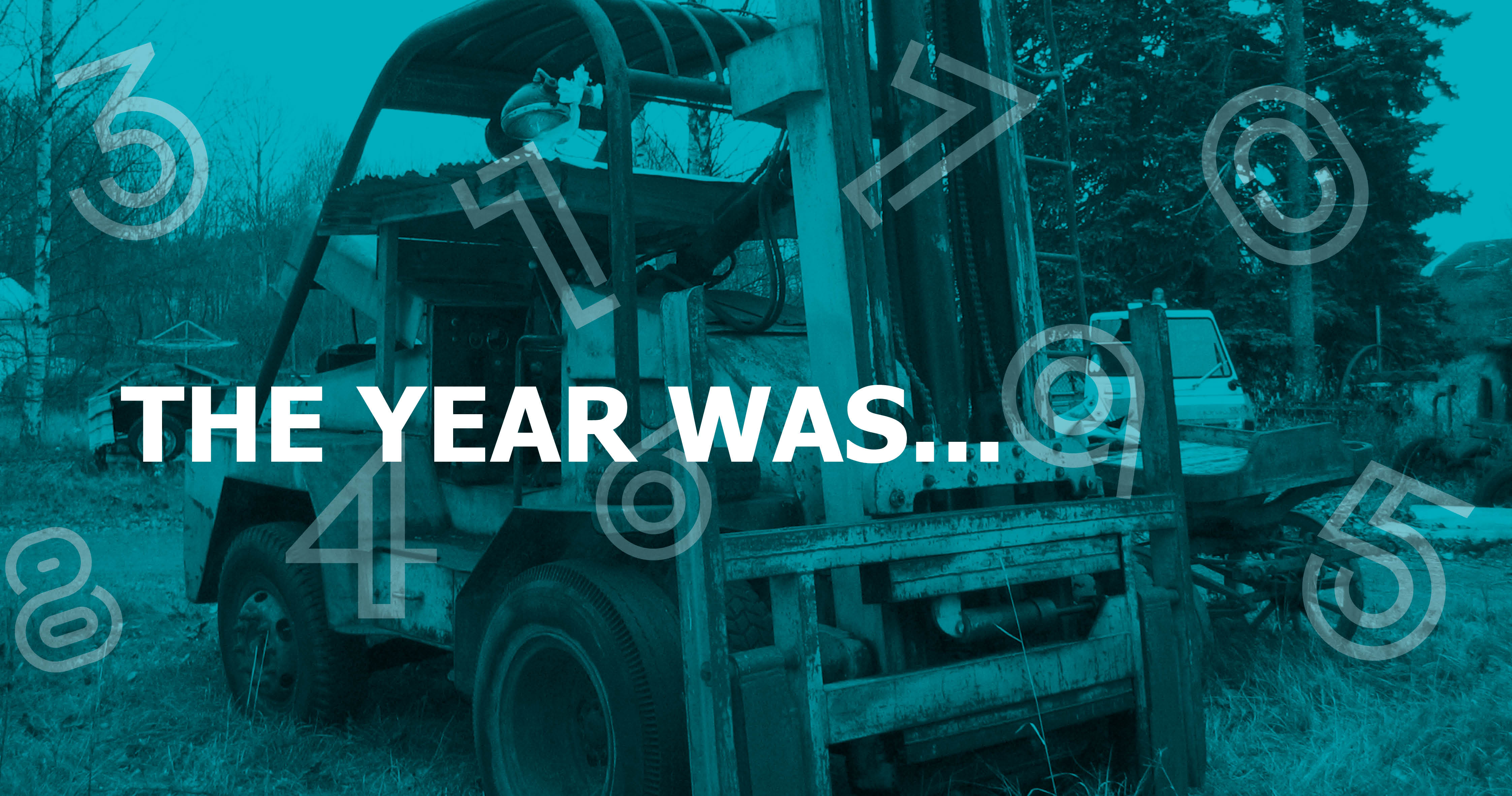
1917 – the very first lift truck is born
Today we see it as a matter of course to use lift trucks and reach stackers to handle goods in...
2 Minute Read
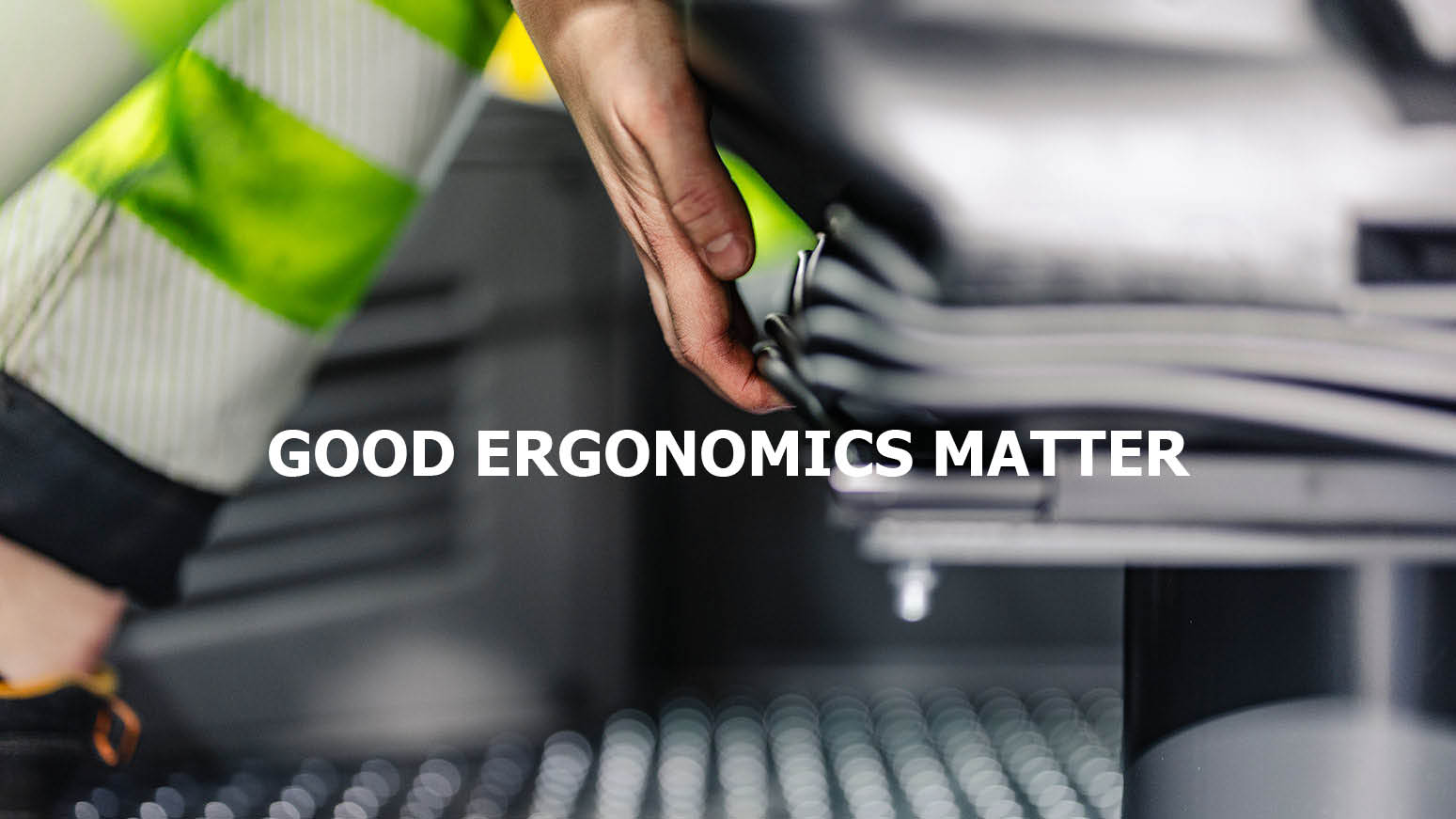
The importance of lift truck ergonomics
In the world of material handling, lift truck drivers are responsible for moving heavy goods in...
2 Minute Read
